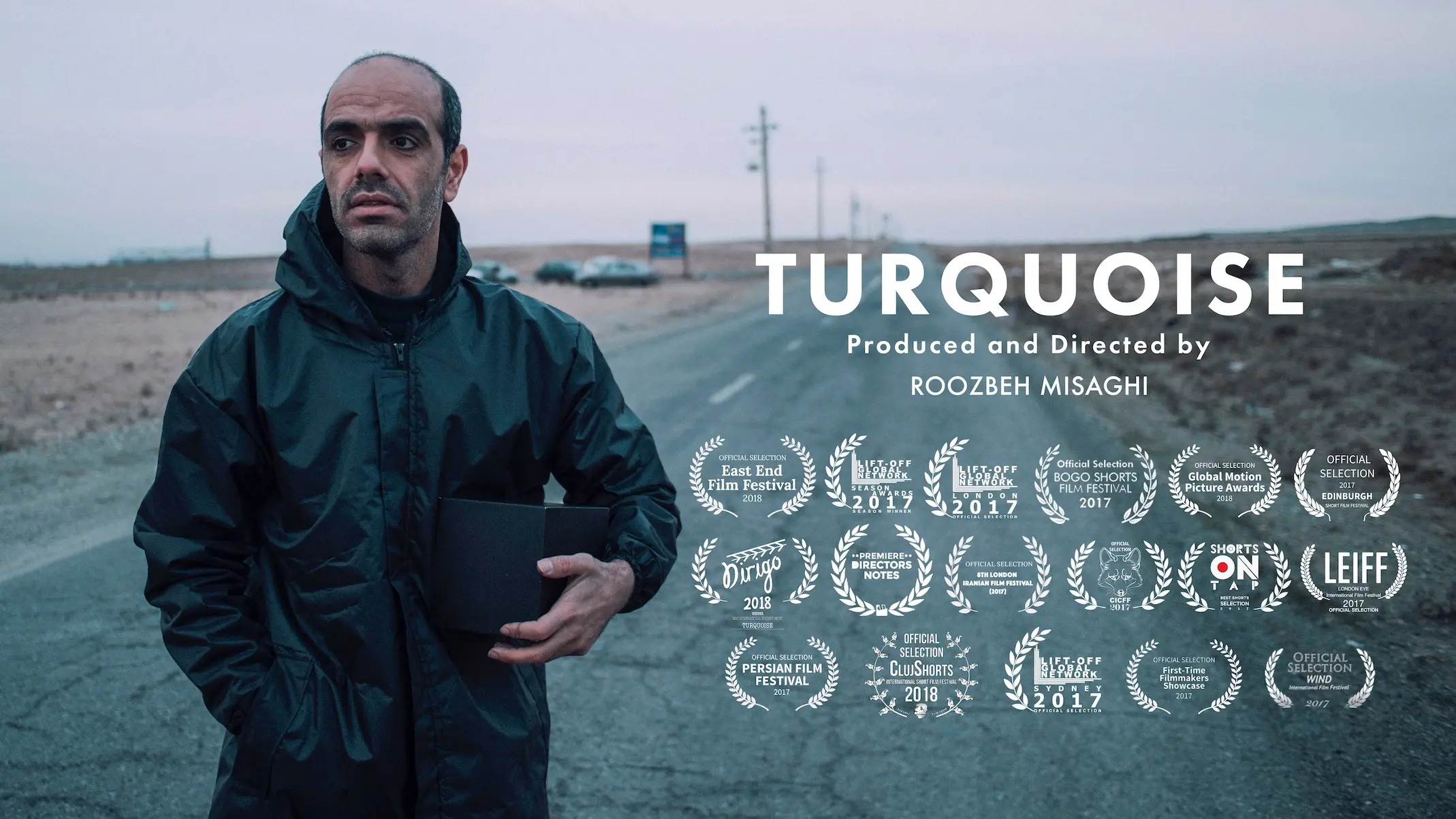UMBRA (Tariki)
Emerges as a captivating and nuanced exploration of suspense and psychological drama in contemporary Iranian cinema. Directed by Saeed Jafarian, this short film unfolds in the shadowy streets of Tehran, where a young woman confronts the unsettling disappearance of her partner.
The film's striking use of long shots within the apartment powerfully conveys a sense of entrapment and emotional turmoil. As the narrative transitions to the deserted night streets, it adeptly weaves elements of dystopia and horror, intensifying the protagonist's sense of vulnerability and fear. This shift from confined interiors to the open, menacing urban landscape showcases Jafarian's skill in using spatial dynamics to heighten the film's suspense.
Jafarian's direction is meticulous in creating a disquieting atmosphere. One of the film's most notable aspects is its use of sound – or rather, the absence of it. The film deliberately eschews music, relying instead on natural sounds and silence to heighten the sense of unease. This choice is particularly effective in horror and thriller genres, and Jafarian masterfully applies it here. The minimalistic sound design, accentuated by the muffled sounds of the night and the strong wind, contributes to a deeply unsettling ambiance.
The encounter with the strange man adds a complex layer to the narrative, transforming from a moment of tension to a revealing interaction that underscores the protagonist's resilience and decisiveness. This dynamic not only enhances the story's depth but also reveals the nuanced layers of her character.

Cinematography, by Masud Amini Tirani, is another crucial element in crafting the film's tense atmosphere. The use of natural lighting and the strategic placement of the camera play a significant role in conveying the protagonist's vulnerability and the looming sense of danger. Notably, the film employs two primary framing positions: one in front of and one behind the young woman, played by Mahsa Alafar. This technique effectively immerses the audience in her perspective, intensifying the suspense.
Alafar's performance is noteworthy for its portrayal of fear and determination, while Banipal Shoomoon, playing the strange man, adeptly maintains an air of mystery and threat. Their interactions add depth to the film's exploration of human behavior under stress and fear.
The film's conclusion, deliberately ambiguous, adds to its impact. By leaving the protagonist's fate unresolved, Jafarian invites the audience into a reflective space, contemplating the intricacies of freedom and the human condition.
In analyzing UMBRA it's crucial to consider how its elements - the thematic use of darkness, the sparse sound design, the evocative cinematography, and the strong performances - come together to create a film that is not just a narrative but an experience. It invites viewers into its shadowy world, leaving them to grapple with the discomfort and tension it so adeptly conjures. This film is a vivid example of how short films can be powerful mediums for storytelling, capable of leaving a lasting impact through concise, yet deeply resonant, cinematic techniques.
"UMBRA (Tariki)" is a testament to the power of short film as a medium for rich storytelling, combining effective cinematography, compelling performances, and thoughtful narrative to create a lasting cinematic experience. Its recognition in prestigious film festivals worldwide underscores its quality and the profound narrative it crafts.












